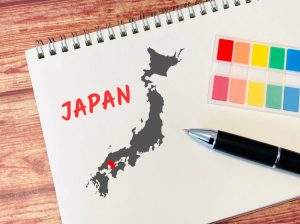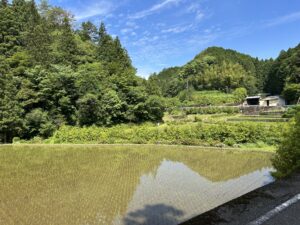Top Reasons to Go Cycling in Shikoku Japan
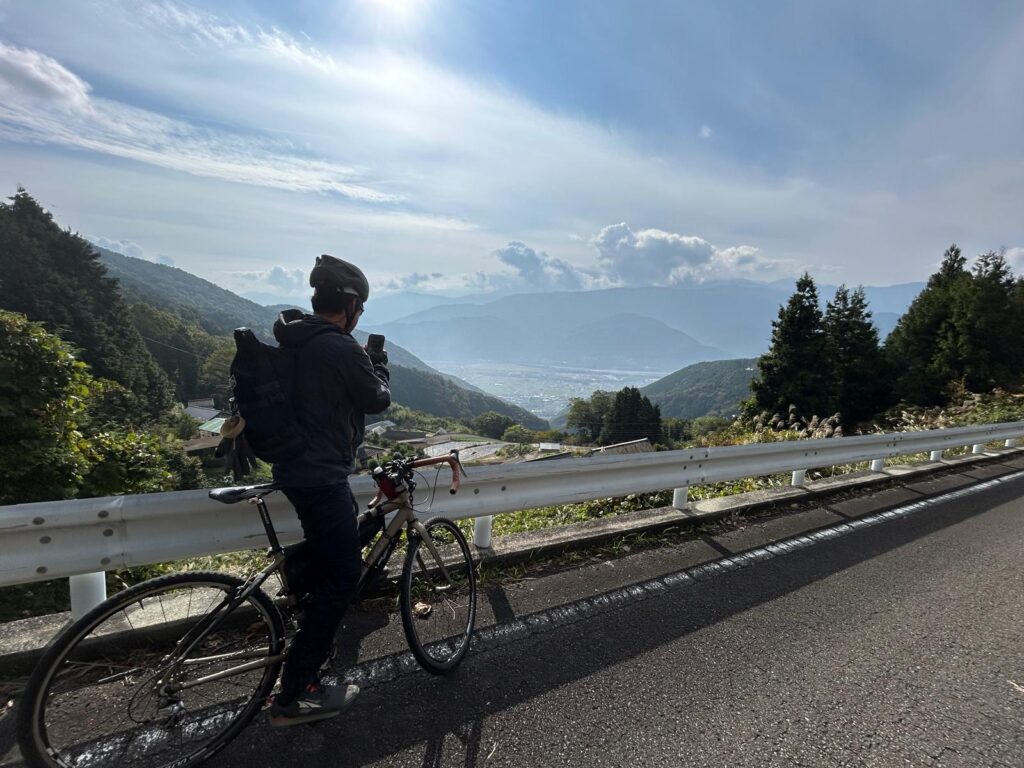
Planning a trip to Japan and hoping to explore by bike?
Shikoku, an island located in southwestern Japan, offers a suitable environment for travel by bicycle. It can be reached in approximately two hours from Kyoto or Osaka, making it relatively accessible from major cities. For those interested in cycling, a week-long journey through Shikoku may provide a balanced combination of physical activity and scenic exploration. With its varied landscapes—including coastlines, mountains, rivers, and forests—Shikoku has long attracted cyclists from across Japan. This article outlines some of the reasons behind its appeal.
Contents
Reason 1: Well-Developed Cycling Routes
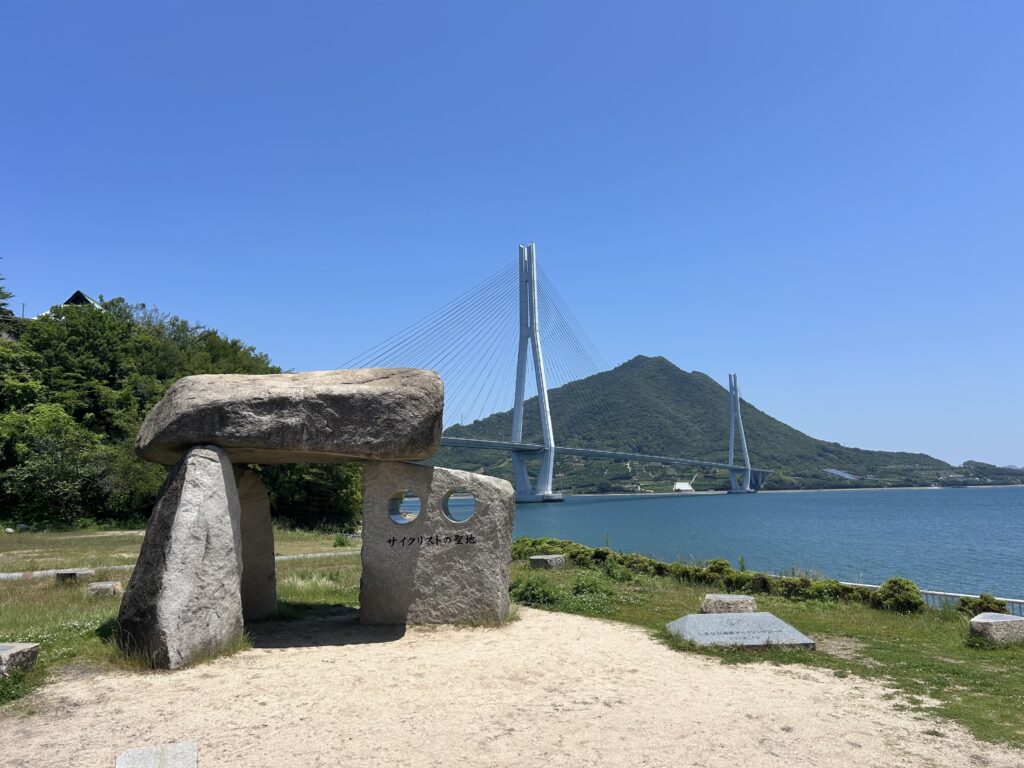
The Shimanami Kaidō is a series of bridges and island roads connecting main island to Shikoku, and it is considered one of the most popular cycling routes in the country. Influenced by its success, Shikoku has developed a growing network of cycling-friendly roads, making it a favorable environment for cyclists.
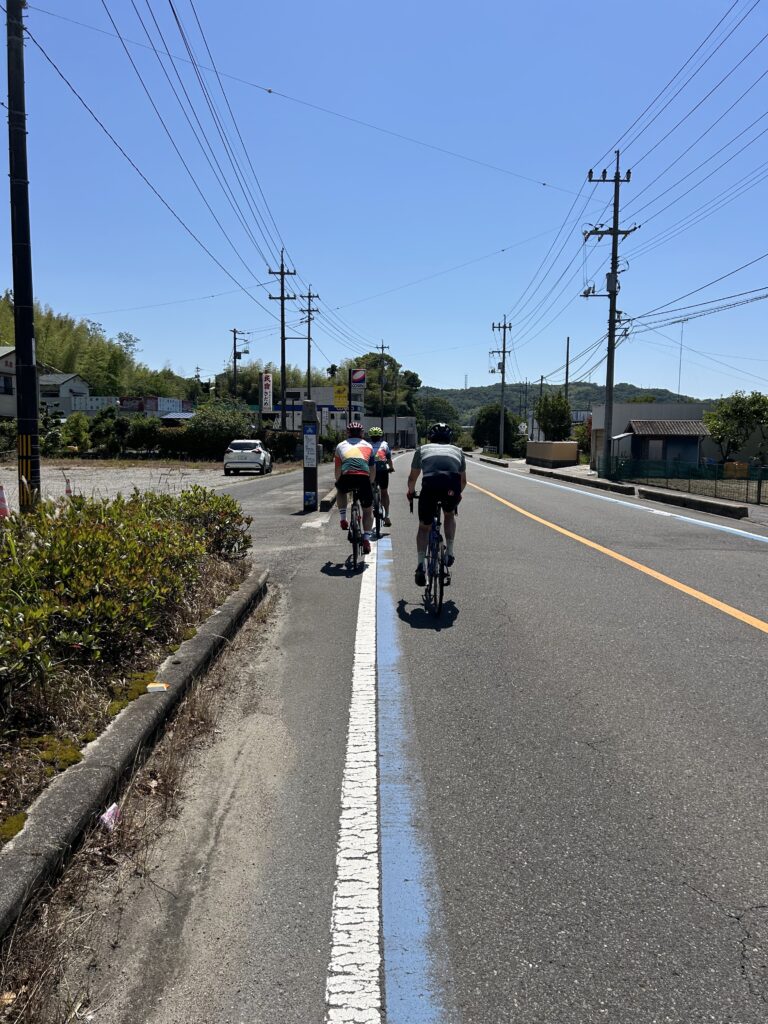
In many areas, blue lines painted along the edge of the road indicate routes recommended by local municipalities. While cycling through Shikoku, riders will frequently encounter these designated paths.
Due to its relatively low population, Shikoku also benefits from light traffic on secondary roads. Many old roads and farm lanes run parallel to major highways, allowing cyclists to ride with minimal concern for cars.
In Japan, roads are generally designed with cars as the priority, and cyclists may not receive the same level of consideration as they do in some Western countries. Urban areas often have narrow streets, which can feel intimidating for cyclists. In contrast, Shikoku offers a more relaxed and less stressful cycling experience, which contributes to its appeal.
If you're looking for cycling routes in Shikoku, The Setouchi Vélo Cycling Route may be helpful.
Reason2: A Treasure Trove of Hidden Spots
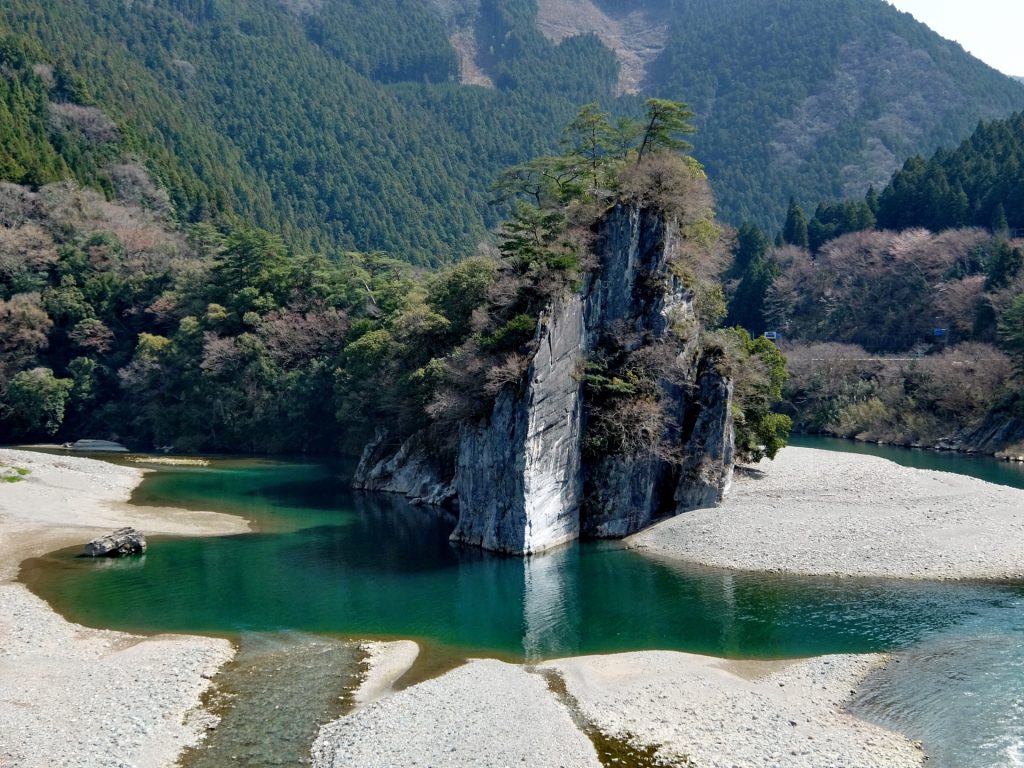
While cycling through Shikoku, you’ll often stumble upon small, unexpected attractions—things that aren’t famous, but feel special nonetheless. A massive boulder at the confluence of two rivers, a sweeping panoramic view from a remote cape, or a quirky little shop tucked away in the countryside—these are the kinds of discoveries that make you want to share your story.
Because you’ve reached them through your own effort and exploration, these places become part of your personal journey. They may not appear in guidebooks, but they leave a lasting impression and add depth to your adventure.
As you encounter more of these quiet, off-the-radar spots, you may begin to feel that Shikoku itself is a kind of hidden paradise. Often referred to as a “remote region” within Japan, Shikoku’s location—away from major urban centers and less accessible by public transport—adds to its mystique. For many travelers, this sense of isolation is exactly what makes it so captivating.
Reason3: Customizable Themes and Goals

Source: Let's go around SHIKOKU!
Shikoku is a perfect island for cycling. Its rich natural environment and scattered regional cities make it easy to design routes with clear themes and goals. Here are a few examples:
- Shikoku Island Loop (Approx. 1,000 km)
Ideal for those who want to take their time and fully experience the island. Completing a full loop around Shikoku offers a satisfying long-distance challenge. - Pilgrimage Cycling Tour
Inspired by the traditional Shikoku Henro pilgrimage, this route involves visiting the 88 temples by bicycle. It’s a unique blend of cultural immersion and active travel. - Four Cities Tour
A route connecting Shikoku’s four main cities—Matsuyama, Kochi, Tokushima, and Takamatsu—allowing riders to explore regional flavors, atmospheres, and urban contrasts. - Two Peaks Challenge
A combination of cycling and hiking that takes on two major mountain peaks in Shikoku’s central range. This route is suited for those seeking both elevation and adventure.
Reason4: A Climber’s Playground
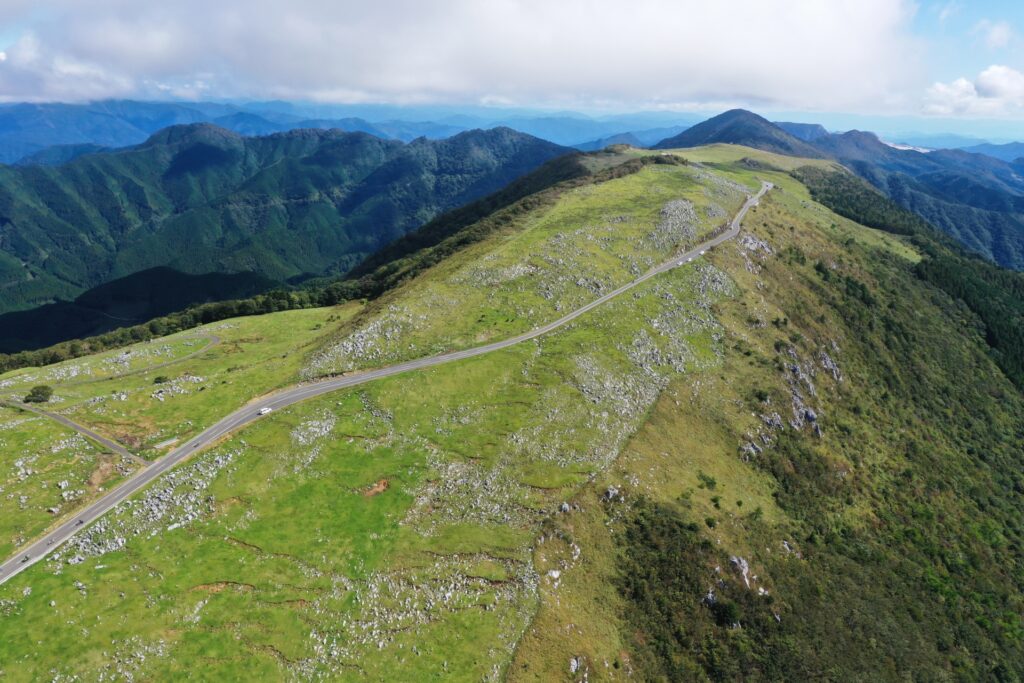
The Shikoku Mountains stretch across the center of the island, offering thrilling climbs and dramatic landscapes. Cyclists can enjoy a variety of mountain routes, including:
- National Route 439 (337 km)
A legendary road that winds through countless mountain passes—perfect for those who love repeated climbs and descents. - Shikoku Karst
With sweeping alpine views reminiscent of Switzerland or northern Italy, this highland area offers a surreal cycling experience above the clouds. - Iya Valley
A remote region known for its steep gorges and traditional scenery—often described as a glimpse into Japan’s untouched past.
Whether you're up for a physical challenge or prefer a more relaxed ride with an E-bike rental, the mountains of Shikoku cater to all levels.
Meanwhile, coastal and riverside routes offer gentler terrain, making it easy to mix and match based on your preferences and stamina.
Reason5: Abundant Rental Options

Thanks to the popularity of the Shimanami Kaido cycling route, Shikoku offers a well-developed rental bike infrastructure.
A wide range of bicycles is available—including road bikes, cross bikes, and E-bikes—making it easy for travelers to find the right fit for their journey. Rentals are accessible and convenient, allowing even first-time visitors to enjoy cycling without hassle.
For bike rentals, we recommend Giant Stores—part of the global leader in cycling. Giant is a renowned bicycle brand from Taiwan, recognized worldwide for quality and innovation. In Shikoku, Giant Stores are conveniently located in major cities such as Matsuyama, Kōchi, and Takamatsu, as well as in Onomichi and Imabari, the gateway towns to the Shimanami Kaidō cycling route. The shops are modern and welcoming, and the staff are well-versed in supporting bike travelers, thanks to the region’s popularity with cycling enthusiasts. They also offer a wide range of bicycles and sizes, making it easy to find the perfect fit for your journey.
Browse the Giant stores below and reserve your rental bike.
Recommended Cycling Spots in Shikoku
Here are several cycling destinations in and around Shikoku that offer memorable scenery and diverse terrain:
Shimanami Kaidō
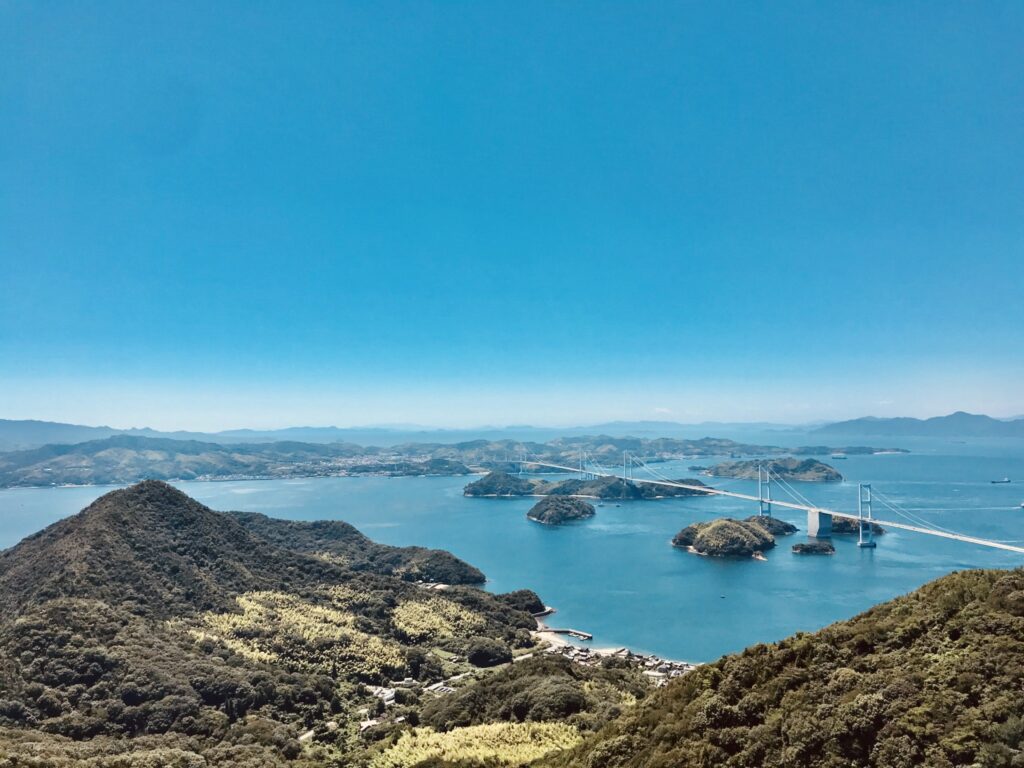
A scenic cycling route connecting main island and Shikoku via a series of bridges and islands. Known as a “sacred place for cyclists,” it was selected by CNN as one of the world’s most beautiful cycling routes(Source: 7 best bike routes in the world). The full course can be completed in a day, making it easy to incorporate into a broader travel itinerary—either when entering Shikoku or returning to main island.
Learn more on the official Shimanami Cycling website.
Shikoku Karst
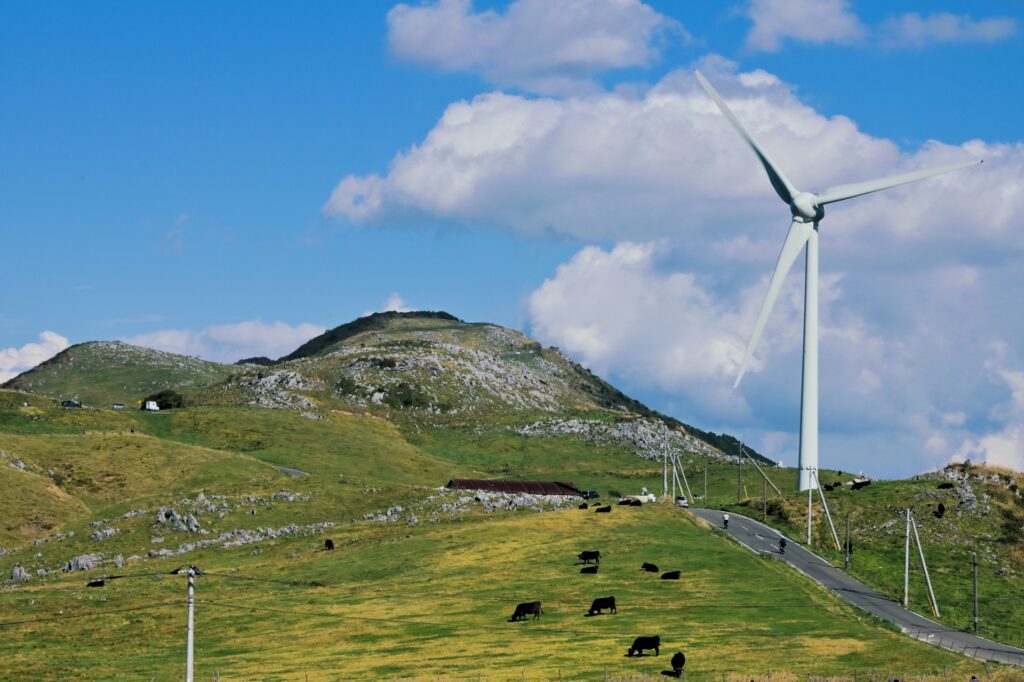
One of Japan’s three major karst landscapes, located at an elevation of 1,500 meters. The open grasslands, grazing dairy cows, and unobstructed views create a striking alpine atmosphere. Reaching the area by bike requires a challenging climb, but the sense of accomplishment is well worth it.
Iya Valley
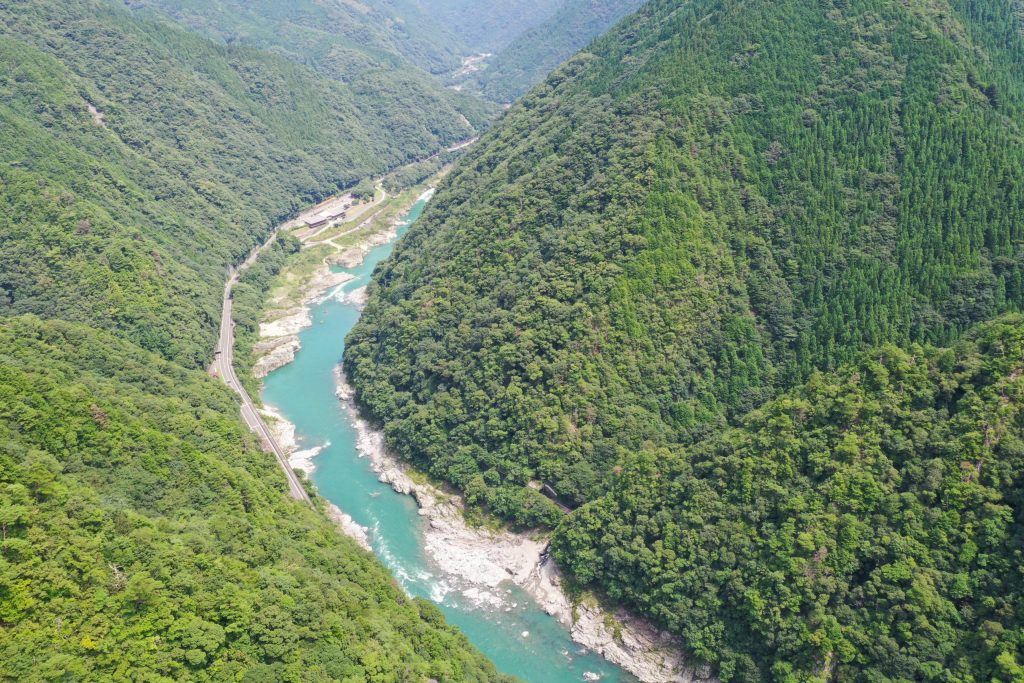
A remote region known for its deep gorges, vine bridges, and preserved traditional scenery. Popular among European travelers, it offers a rare glimpse into Japan’s rural past and untouched landscapes.
Ashizuri-Uwakai National Park
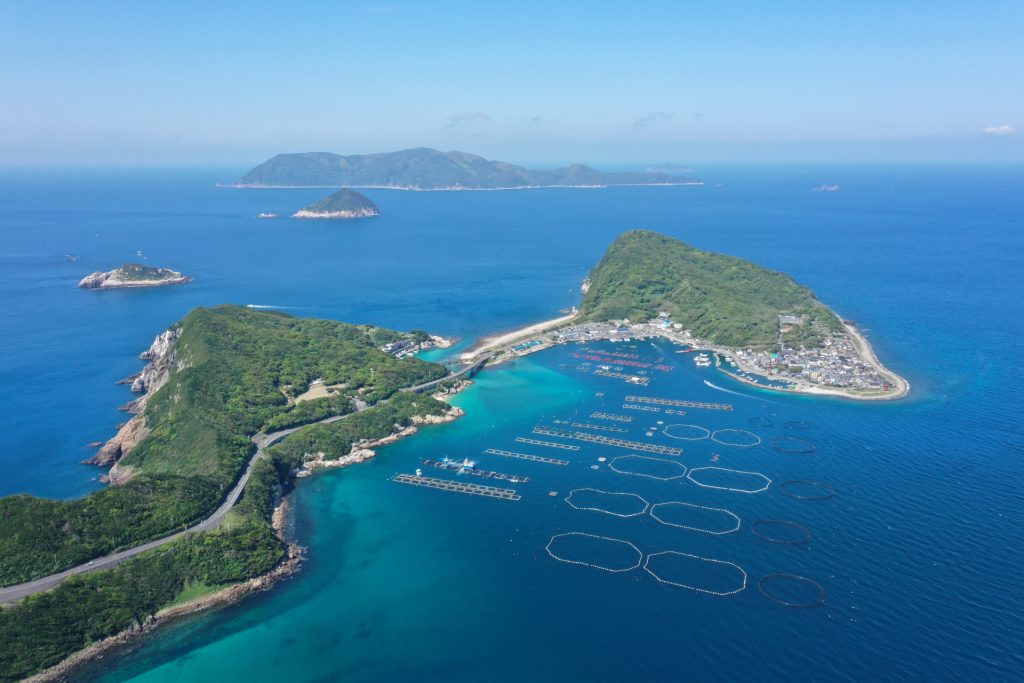
Cycling along the Pacific coastline in southwestern Shikoku provides dramatic ocean views and a sense of isolation. The area features peninsulas and capes ideal for riders who enjoy exploring the edges of the map. At Kashiwajima, the water is so clear it appears as if the boat is floating in the air—an unforgettable sight. Though remote, it’s perfect for those seeking quiet roads and minimal crowds.
Niyodo River
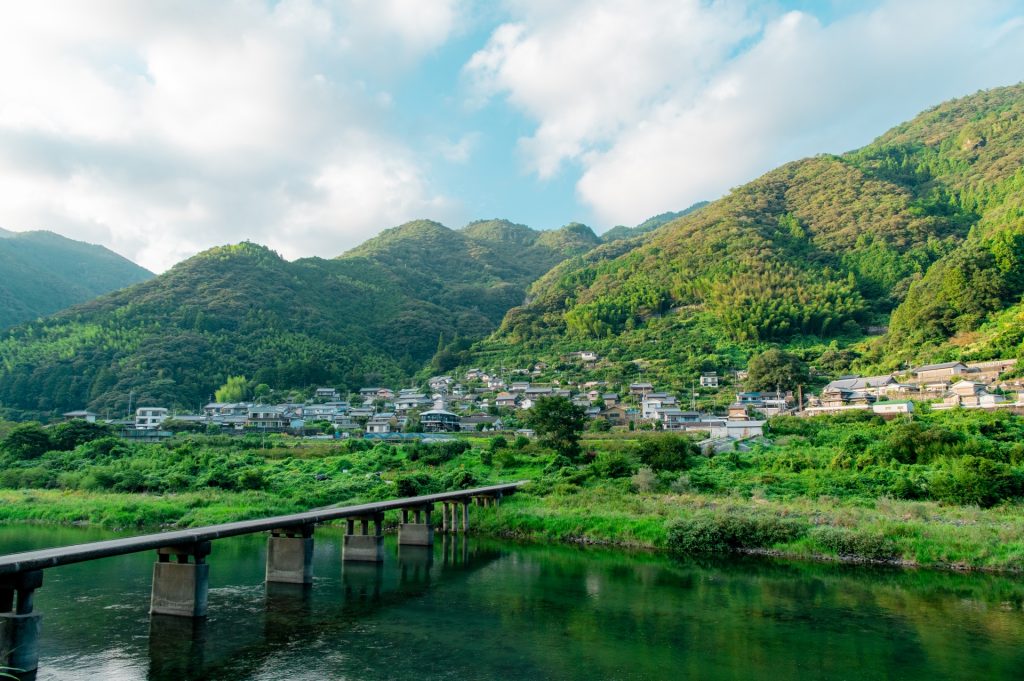
One of Shikoku’s major rivers, often referred to as “Japan’s last clear stream.” Its striking blue color—known as “Niyodo Blue”—is visible throughout the region. A cycling journey along the river includes scenic spots such as chinkabashi (low-water bridges), Nakatsu Gorge, and Nikobuchi, offering a uniquely Shikoku-style river experience.
Shodoshima
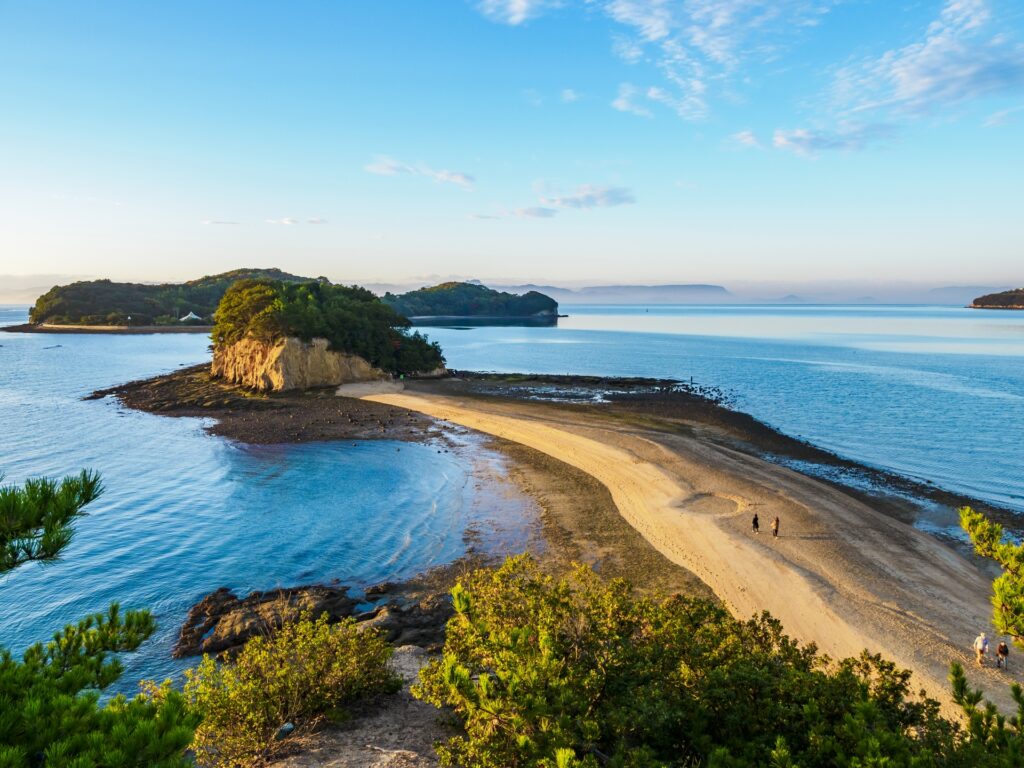
An island located between Shikoku and main island, with a circumference of about 100 km. Dotted with sightseeing spots, it’s ideal for a one-day island cycling trip. The mix of coastal views, olive groves, and quiet roads makes it a popular choice for casual riders.
Conclusion
Cycling in Shikoku involves more than simply covering distance. The region features quiet roads, varied terrain, and opportunities to encounter local culture and landscapes. It can be a rewarding experience for both experienced cyclists and those interested in exploring Japan at a slower pace. Shikoku’s environment supports a style of travel that emphasizes observation, physical engagement, and regional discovery.

